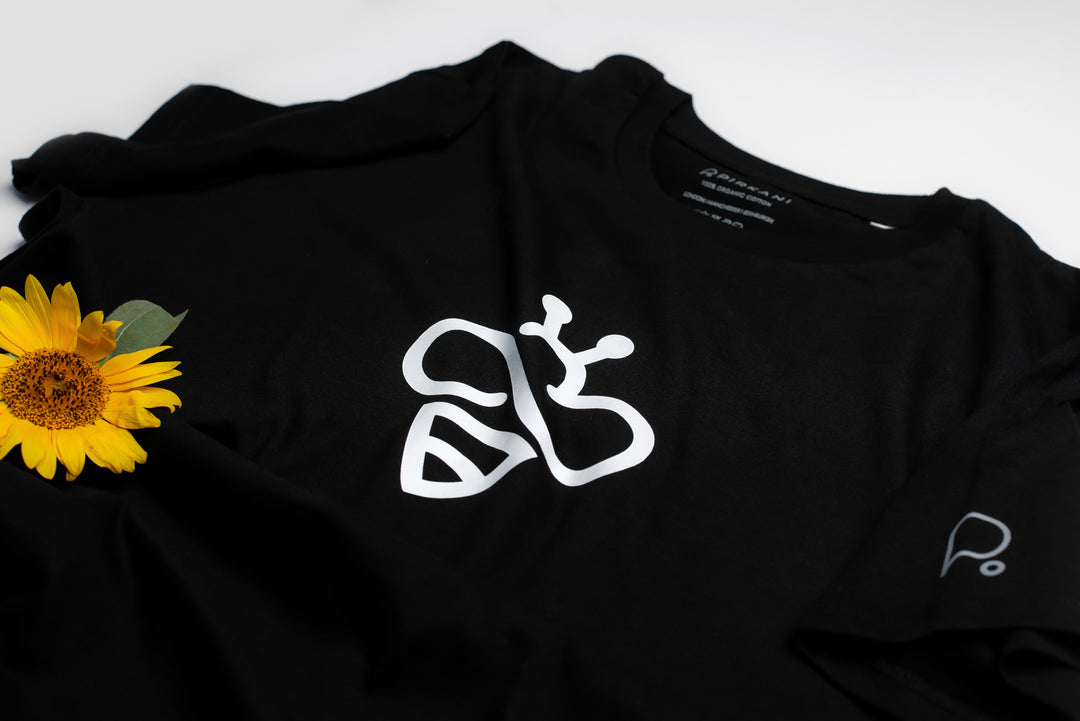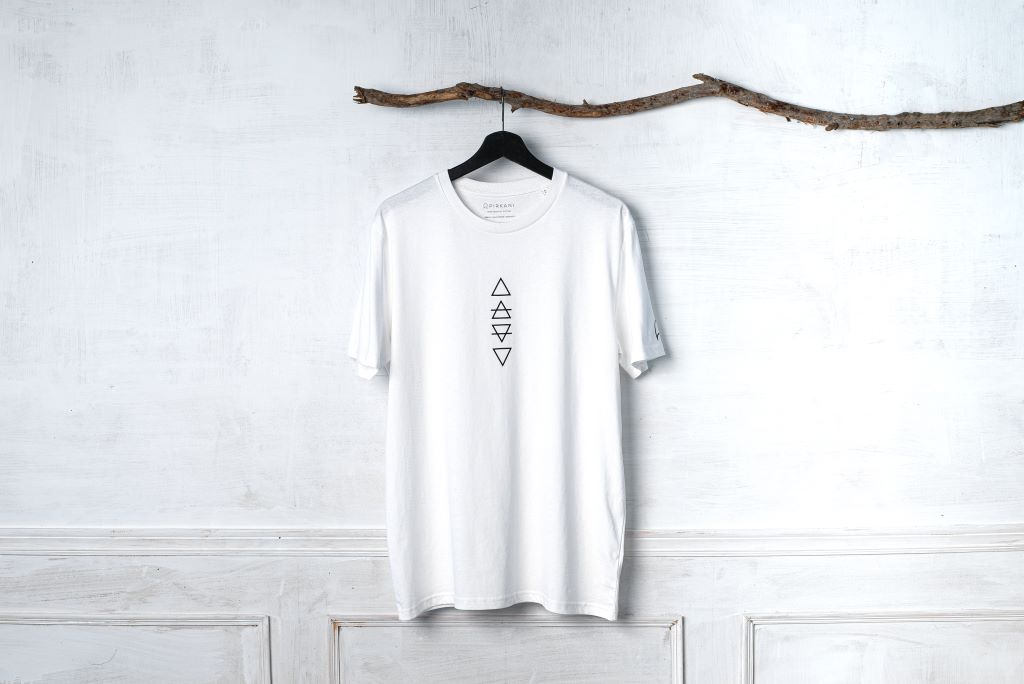Can circular economy really save the fashion industry?
Circular economy and sustainable fashion have both been rising in popularity, both separately and intertwined. Circular solutions are more and more frequently being adopted by sustainable fashion and other industries, as more and more of us are becoming aware of the problem the sheer amount of waste we are producing has on the environment and society.
But is circular economy really the saving grace of the fashion industry? Does it have the tools to tackle fashion’s most severe problems? Can it be implemented during every step of the design and production process of sustainable fashion companies?
What is circular economy?
In the past few decades, most businesses have been running on a linear economy concept – a system where resources make their way from one end to the other and are discarded. While this may have been considered the most profitable way 10 or 15 years ago (which it was only in some cases), it is very wasteful by design.
Circular economy represents the direct opposite – it keeps resources in rotation, designs waste out of the system and underpins sustainable development in the 21st century. Instead of focusing solely on what is most financially profitable in the short term, it builds social and natural, as well as economic value, which pays off over time.
Circular economy starts the minute a product is designed and continues as it makes its way through the lifecycle and is either reused, returned to the earth or reshaped to be used again.
The end goal of circular economy is to get rid of any wastage during the design process. However, in the current state of the world, this is more of an ideal than something that can be truly and regularly achieved. In a world where non-renewable energy, single-use plastic and overconsumption are so commonplace, it’s very difficult to be fully circular.
However, there are many circular solutions brands – and sustainable fashion brands in general – can adopt to move towards this ideal of a circular world.
Circular design in fashion
Similarly to other industries, the ways of circular economy can be used to transform fashion as we know it today. In a fashion industry based on the principles of circular economy, materials are viewed as assets which hold value beyond their first use and resources are respected and kept in a loop.
Ideally, materials should never end up as waste – re-entering the production process once the original garment is no longer used. Resources such as water and energy are constantly renewed, relying on green electricity generation and implementing water recycling and rainwater collection technology.
In the fashion industry, circular economy is based on a set of principles created to help achieve the ultimate goal of no wasted resources.
Designing waste out
Circular economy solutions largely begin with the design process, which can decide a lot about how much waste or pollution will be created. By making patternmaking more effective, selecting materials based on how they can be used in the future, or avoiding non-compostable fabrics, waste can be designed out of the equation and won’t have to be tackled later in the production process.
If we can ensure there is no deadstock fabric left in factories, that there are no hazardous chemicals that need to be disposed of, or that the factories we work with have standards set in place to prevent worker exploitation, waste will no longer be an issue.
Minimising pollution due to product
Most products of the fashion industry nowadays produce high levels of pollution – circular economy changes that.
Energy in the production process comes from renewable resources, which have a much lower carbon footprint. Garments are often manufactured in the country where they are designed, to minimise pollution from transport. If natural fabrics are used, the use of pesticide and other toxic chemicals is restricted to prevent pollution of nearby rivers. Finally, the dyes used in production are non-toxic and natural (or not used at all).
Minimal products and materials
Less is more – which is especially true in a fashion industry directed by circular economy. If the products and materials used to make them are minimal and implemented effectively, the lifecycle of the garment is also extended, as they are timeless and can be worn for years to come no matter the current trends.
Using minimal materials also relates to our first point – designing waste out of the process – and involves effective patternmaking and use of every last piece of the fabric left in a factory.
Materials with minimal/no effect on the environment
To ensure materials can be reused and recycled in the future, they need to be recyclable in the first place – that’s why, when designing a circular garment, it’s important that designers keep the further potential, as well as initial environmental impact of the material in mind.
This involves using pure materials rather than fabric blends. A garment made from 100% recycled cotton is fairly easy to recycle at the end of its lifecycle, while the same cannot be said about a poly-cotton blend.
Finding ways to incorporate materials which would otherwise be sent to a landfill, such as agricultural waste, unrecycled plastic or scrap fabric is another way to create a garment with minimal environmental impact. Thanks to innovation and technology, this is becoming increasingly popular with the rise of alternatives such as pineapple leather, garments made from old plastic bottles or brands using deadstock fabric left behind by fast fashion giants.
Regenerating natural resources
To make fashion circular, the use of renewable and regenerated resources throughout the supply chain is essential. This truly touches every single step of production, resources such as water are used in every stage of modern garment production.
There are many innovative solutions for water recycling, being implemented more and more often. Aside from recycling water, rainfall can also be utilised in sustainable ways to reduce water use. For example, organic cotton farms implement the two techniques to save 91% of water compared to conventional cotton manufacturing, on average.
Restoring the land used to grow materials such as cotton is also an important step circular fashion industry should take. Regenerative agriculture restores soil health thanks to activities such as composting, planting crops which enrich soil or avoidance of toxic chemical fertilizers and pesticides. If we hope to rely on the earth for decades to come to produce our food and other materials we use, circular economy can help us protect it.
Reusing and recycling products
Lastly, a lot of waste and pollution can be prevented by reusing products, keeping them in rotation and recycling them when they can’t be reused anymore.
Brands can keep their garments circulating with options such as clothing rental boxes or take-back programs which resell a used and refurbished garment at a reduced price. Some sustainable fashion companies also use existing clothing to craft new garments, either by altering the cut and refurbishing the product or by dismantling it and creating a new garment from the fabric.
If a piece of clothing is beyond salvation, the fabric can be recycled. As we’ve touched upon before, it’s essential that the fabric used in the garment is not a blend, as that would make the process very complicated.
All in all, circular economy has many solutions which could shape sustainable fashion of the future as we move away from the fast fashion model and build an industry that’s responsible in all aspects.
Image credits: Designed by Freepik (www.freepik.com)






Leave a comment